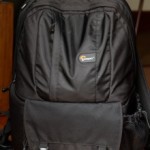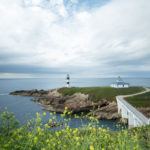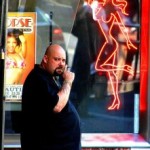The dawn of digital photography has made cropped sensors the norm for most new photographers. During the film era, there was no cropped sensors. Every sensor was full frame. Since making digital sensors is quite expensive, camera manufacturers made cropped sensors so they can easily penetrate the market.
However, full frame cameras like the Nikon D600 and Canon EOS 5D Mark III
have made a huge impact in the photography scene. They can be had for around $2,000 used which is still quite expensive but compared to 5d Mark 1’s initial price of $3,500 it is a bargain. Because of this, some aspiring photographers can choose whether to buy a cropped sensor or go ahead and venture into full frame cameras.
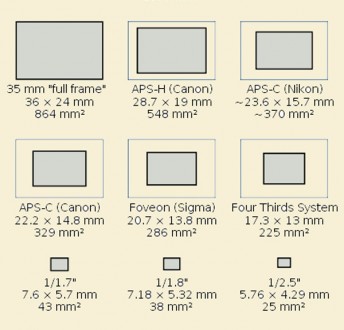
Price
The most glaring difference between the two sensor types is their price. An entry level cropped sensor, for example the Canon EOS 600D with EF-S 18-55mm IS lens
, will cost £400 brand new. The Canon EOS 5D Mark III, an entry level full frame from Canon, will cost £2,300 without any lens. Add a couple of hundred pound for the lens and you have spent around £2,800 compared to the £400 of a cropped sensor.
Image Quality
Of course, the price difference means that the full frame cameras technically have better image quality out of the box. For example, the Nikon d300 is pretty amazing in low light. But compared to its older sibling, the Nikon d700, it is no match. In real world tests, the d700 can provide as much as 2 stops advantage in useable ISO compared to the d300. Most won’t use ISO 3200 with the d300 but the d700’s performance shows that ISO 3200 is still perfectly usable. Both cameras have the same megapixel count but since the d700 has a larger sensor, the individual imaging sites in the full frame camera are farther apart resulting in a cleaner image.
Lens Selection
Cropped lenses are specially made for cropped cameras. Canon has the EF-S lenses while Nikon has the DX lenses. These lenses can’t be used in full frame cameras because they have smaller optics or when attached their mirror assembly will hit the glass inside. Nikon’s DX lenses can be used with their full frame cameras however it’s capabilities are limited.
On the other hand, non-cropped lenses can be used with cropped cameras. The more expensive lenses like the Canon L lenses can be used with entry level cameras like the Rebel line.
Cropped
When comparing shots between a full frame and cropped sensor, the most obvious difference is their “perspective”. Using identical settings and lenses, you can literally crop an image from a full frame camera and achieve the same output of a cropped camera.
Cropped camera photographers use this as an advantage and use telephoto lenses. A 200mm lenses will yield the point of view of a 300mm lens. This is good for wildlife photographers and sports photographers.
However, keep in mind that despite having the effect of a 300mm lens, a full frame sensor using a real 300mm lens will yield a different perspective.
Landscape photographers will tend to use full frame cameras since they can maximize the field of view of their camera. A 14mm lens will stay 14mm in a full frame camera, but when used in a cropped sensor it will result in 22mm which is not wide enough.
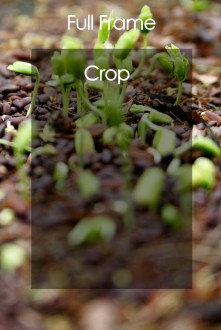
Crop or Full Frame
If you have the money, full frame is the way to go since it has better image quality. However, don’t frown since having a full frame camera will not guarantee better pictures. A lot of professional photographers are still using cropped cameras and they make good living out of their photographs. In the end, it’s not the camera but the photographer.

